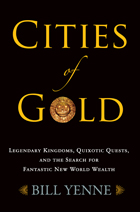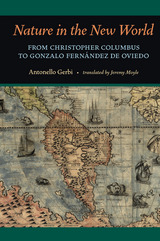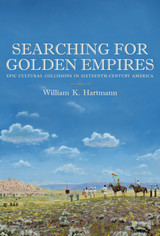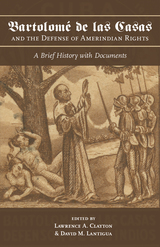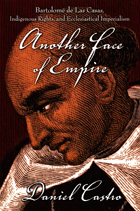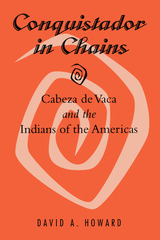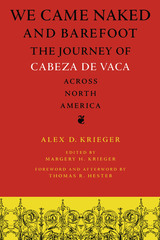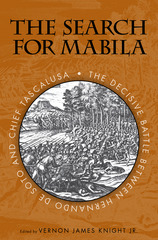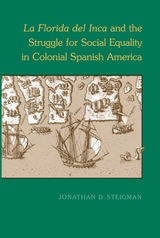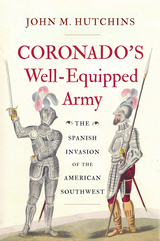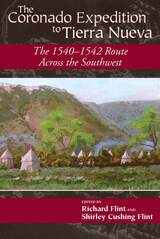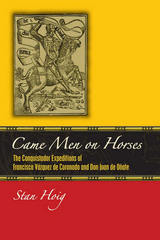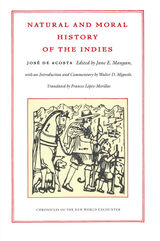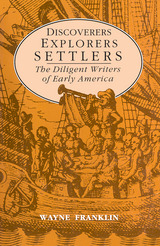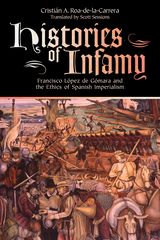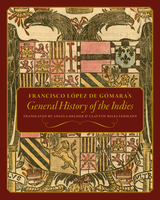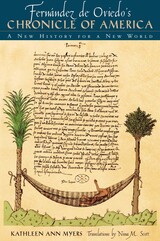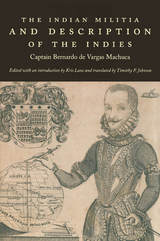Natural and Moral History of the Indies
Duke University Press, 2002
eISBN: 978-0-8223-8393-2 | Cloth: 978-0-8223-2832-2 | Paper: 978-0-8223-2845-2
Library of Congress Classification E141.A28313 2002
Dewey Decimal Classification 980.013
eISBN: 978-0-8223-8393-2 | Cloth: 978-0-8223-2832-2 | Paper: 978-0-8223-2845-2
Library of Congress Classification E141.A28313 2002
Dewey Decimal Classification 980.013
ABOUT THIS BOOK | AUTHOR BIOGRAPHY | REVIEWS | TOC | REQUEST ACCESSIBLE FILE
ABOUT THIS BOOK
The Natural and Moral History of the Indies, the classic work of New World history originally published by José de Acosta in 1590, is now available in the first new English translation to appear in several hundred years. A Spanish Jesuit, Acosta produced this account by drawing on his own observations as a missionary in Peru and Mexico, as well as from the writings of other missionaries, naturalists, and soldiers who explored the region during the sixteenth century. One of the first comprehensive investigations of the New World, Acosta’s study is strikingly broad in scope. He describes the region’s natural resources, flora and fauna, and terrain. He also writes in detail about the Amerindians and their religious and political practices.
A significant contribution to Renaissance Europe's thinking about the New World, Acosta's Natural and Moral History of the Indies reveals an effort to incorporate new information into a Christian, Renaissance worldview. He attempted to confirm for his European readers that a "new" continent did indeed exist and that human beings could and did live in equatorial climates. A keen observer and prescient thinker, Acosta hypothesized that Latin America's indigenous peoples migrated to the region from Asia, an idea put forth more than a century before Europeans learned of the Bering Strait. Acosta's work established a hierarchical classification of Amerindian peoples and thus contributed to what today is understood as the colonial difference in Renaissance European thinking.
A significant contribution to Renaissance Europe's thinking about the New World, Acosta's Natural and Moral History of the Indies reveals an effort to incorporate new information into a Christian, Renaissance worldview. He attempted to confirm for his European readers that a "new" continent did indeed exist and that human beings could and did live in equatorial climates. A keen observer and prescient thinker, Acosta hypothesized that Latin America's indigenous peoples migrated to the region from Asia, an idea put forth more than a century before Europeans learned of the Bering Strait. Acosta's work established a hierarchical classification of Amerindian peoples and thus contributed to what today is understood as the colonial difference in Renaissance European thinking.
See other books on: Early accounts to 1600 | Indians of Mexico | Indians of South America | Mignolo, Walter D. | Natural
See other titles from Duke University Press

